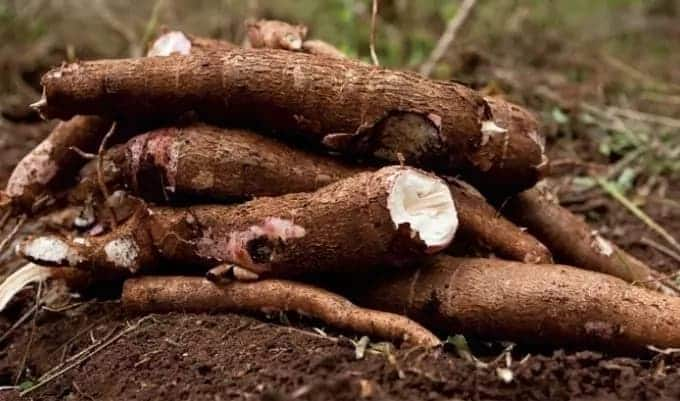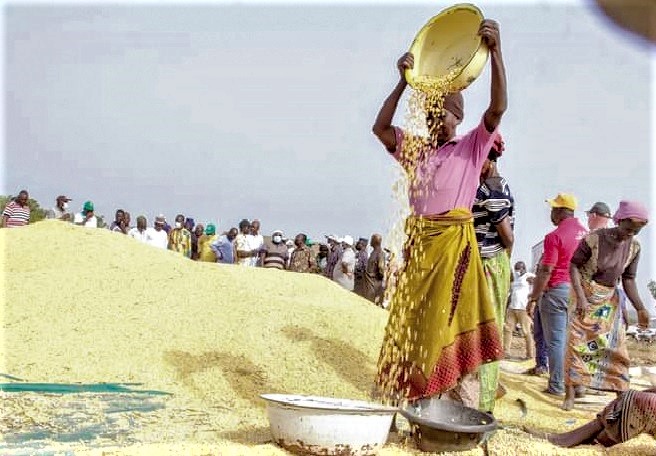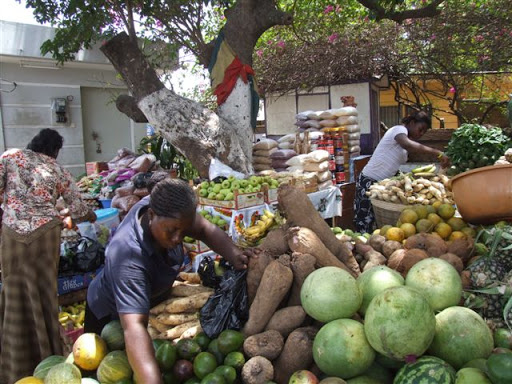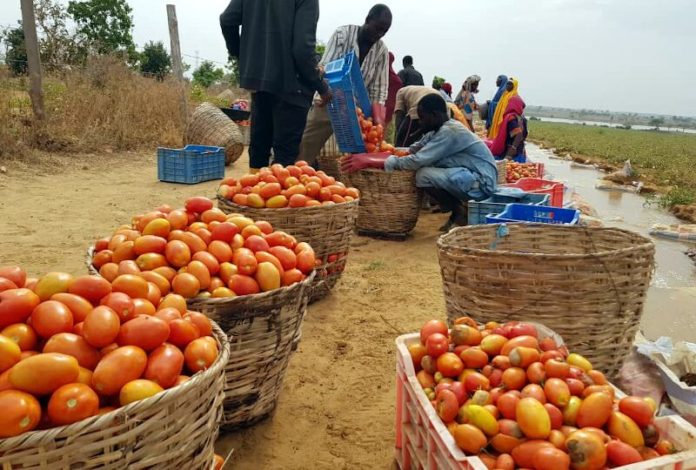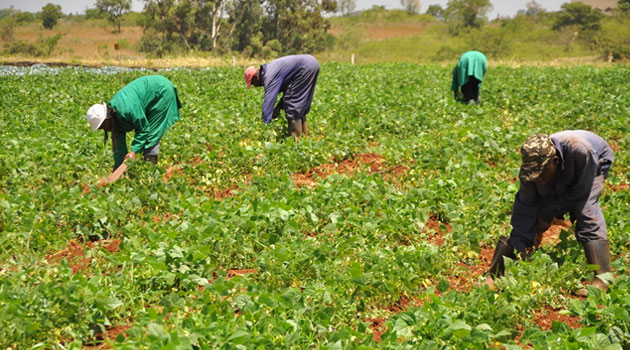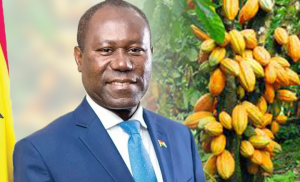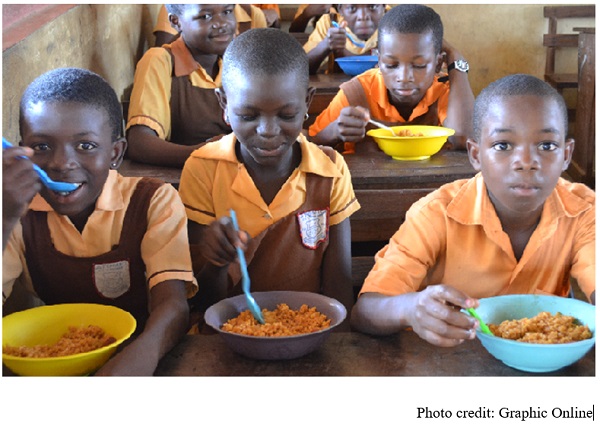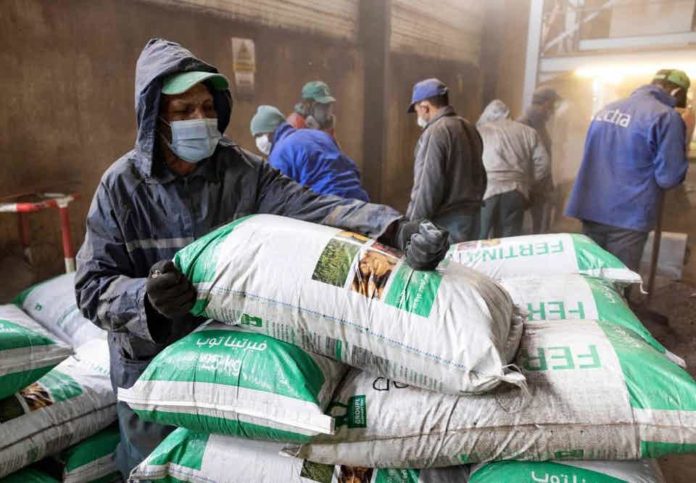Cassava has become such a staple in Africa that many may be shocked to find out that it is not an indigenous root to the continent.
It is originally a South American root vegetable that was brought to Africa by Portuguese traders in the 16th century.
Nigeria is the world’s leading cassava producer. So, what makes it so versatile? Cassava is quite easy to grow. It flourishes in low-rainfall areas with poor soil.
It’s a perennial crop with a long harvesting season and it is versatile to grow due to its non-seasonal character. Unlike other basic foods, cassava-based meals are widely consumed throughout Africa.
An investigation conducted by the NCBI showed that cassava was introduced to Burkina Faso, former Upper Volta from the costal countries, Gold Coast (now Ghana), by both local traders and the Roman Catholic missionaries.
This happened between the second half of the 19th century and the beginning of the 20th century. The main variety introduced was banfti.
Some improved varieties like Banké and KTMA developed by research are now available and used by farmers, along with the traditional varieties like manchien, santidougou, tchinda yaar and léo. “The top of cassava production is reached in July. Most of the small‐scale farmers (98%) grow cassava both for household use and as income generator.
About 83.92% of farmers have less than 10 tons as annual production and only 1.72% of them can produce more than 100 tons.
The main food products based on cassava found in communities are raw roots, boiled roots, roasted roots, tô, attiéké, tapioca, ragout, beignets, boiled leaves, soup (with leaves), cassava juice, etc. And the main cassava‐processed products in the processing units are attiéké, gari, tapioca, and flour,” the study said. “Cassava contributes greatly to household food security during food shortage period. It sustains families for weeks as food and is also exchanged with other foods or sold to buy food or meet household needs.”
The dangers of consuming raw, unwashed cassava This root vegetable can be harmful if eaten uncooked, in excessive quantities or prepared incorrectly.
Cyanogenic glycosides are compounds found in raw cassava. These can cause your body to emit cyanide if you eat them. Consuming cyanogenic glycosides on a regular basis or in large quantities raises the risk of cyanide poisoning.
Thyroid and nerve dysfunction, paralysis, organ damage and even death have all been linked to cyanide overdose. Because protein aids in the removal of cyanide from the body, people with a poor nutritional condition and a low protein consumption are more prone to suffer from these side effects.
These toxic compounds are reduced in cassava after it has been soaked and cooked. Furthermore, combining the root vegetable with a well-balanced, high-protein diet may lower your chance of negative health results.
In September 2017, a suspected cyanide poisoning epidemic in western Uganda resulted in 98 illnesses and two deaths. The outbreak was traced back to eating a cassava flour dish made from wild cassava cultivars with significant cyanogenic content, according to epidemiological and analytical findings.
Uses for cassava
Chips. Cassava chips are a delicious and healthy snack, made from diced, salted and fried cultivars with lower cyanide levels. The chips, also known as bobozee and abacha mmiri in Nigeria, are produced from boiling, fermented and sliced cassava tubers. Groundnuts and coconuts are used to enjoy this delicacy.
Flour. Cassava flour is prepared from dried tubers that have been chopped and fermented. The tubers are pounded into powder after drying to make a silky white flour. The vegetable can be mashed with sorghum and millet in Uganda. Bread, cookies and pudding are all made from cassava flour. The pudding is produced with hot water and served with local soups as a main course.
Fufu. Another popular dish is fufu, that is prepared by cooking and pounding fermented cassava tubers into a pulp. Traditional soups are served with fufu. Nigeria, Ghana, Togo and Sierra Leone are among the countries in West Africa where this cuisine is popular.
Beer. In 2011, a business in Mozambique started making the world’s first cassava-brewed beer. The beer was once locally manufactured before the corporation began to manufacture and market it abroad. Other nations that make the beer include Nigeria, Ghana, Congo and Uganda.
A food additive. Processed cassava is used in confectionery and food industries to manufacture food additives like monosodium glutamate which is used as a spice. Caramel, a culinary colour used in drinks, is similarly made from cassava.

